Ship Energy Efficiency as Competitiveness Factor for Revamping or Scrapping Decisions
Many vessels have been dismantled based on energy efficiency considerations, becoming an environmental problem and contributing to the non-sustainability of materials. Revamping of existing ships in view of improving their operational costs may be seen as a sustainable approach.
The article focuses on the use of a specific procedure to determine and evaluate the ship energy improving actions and their technical and economic evaluation, therefore allowing the support to the revamping or scrapping decision. This article uses a number of existing ships as examples.
Introduction
Energy efficiency is intimately connected with fuel costs and these with the ship competitiveness in a market as well as with its environment. In 2007 shipping was responsible for approximately 3.3 per cent of global carbon dioxide emissions (1 billion tonnes). If shipping were a nation that amount would make it the sixth largest emitter of carbon dioxide in the world, surpassed only by China, the United States, Russia, India and Japan.
International shipping, excluding domestic shipping and fishing vessels, emitted 2.7 per cent of global emissions (870 million tonnes) that same year. The majority comes from cargo vessels, which account for 89 per cent of total gross tonnage of the global fleet.
Ship emissions are not only limited to carbon dioxide and other pollutants including SOx, NOx, PM, VOCs and CO are also emitted and responsible for a costly impact on the societies such as cardiorespiratory and oncologic diseases.
On average global shipping has grown by 3 per cent annually over the last three decades and emissions are projected to grow by more than 20 per cent by 2020 and 50 per cent by 2030, above 2007 levels. In the absence of emission reduction policies, emission scenarios predict a doubling to tripling of 2007 emission levels by 2050.
However, a sizable portion of the current fleet is relatively young and will potentially be in service for many years to come. Approximately half of the world fleet is 20 years old or younger. However, by gross tonnage about half the fleet is 10 years old or younger.
Since the average life of a ship is 30 to 40 years, these ships will foreseeably be on the water for decades to come. Consequently, reductions in emissions that result from phasing in of more efficient vessels will be very slow. Having said that what can the industry do to overcome this problem?
The answer is not straightforward as there is a number of limiting factors that may be contrary to directions not allowing for an easy solution.
Despite the nowadays technical advances on ships systems, most of the ship-owners are still ordering their vessels with a minimum of energy saving systems, they are usually looking at the cheaper and not necessarily the most efficient. In fact, the cost of not investing in ship energy systems can cost many times their investment through the ship life.
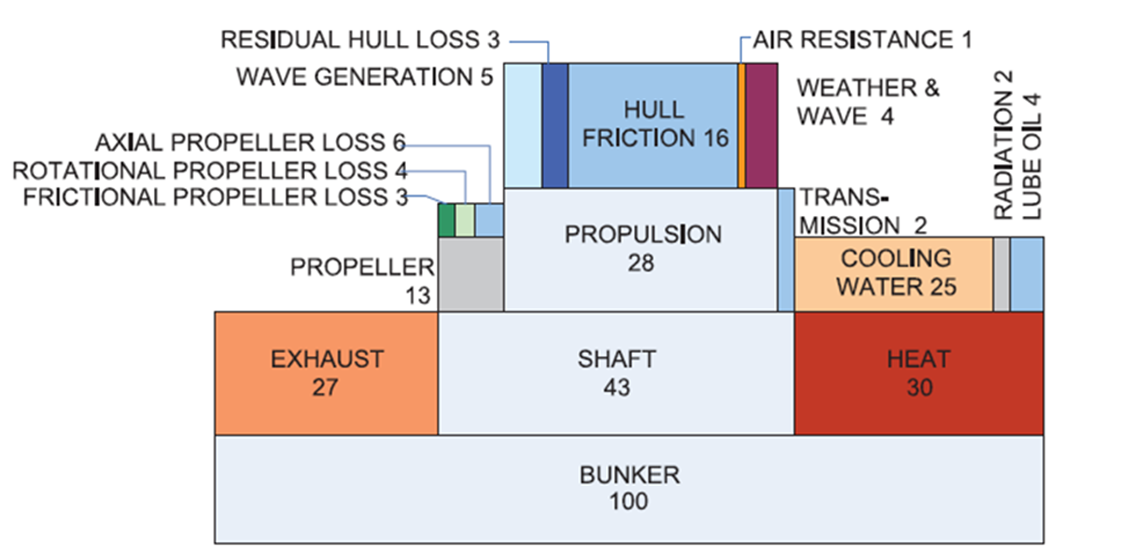
Figure 1 – Energy segregation of a small cargo vessel head sea, Beaufort 6.
On the other hand, market freight rates are not helping shipping to order energy efficient ships, by the contrary, they push for cheap vessels and while constraining the left money to a minimum, so that no money for investment is available.
Finally, despite all the technological advances in the main and auxiliary machinery, the thermal efficiency of a slow speed two-stroke engine is just about 50%, which means 50% of the fuel is wasted. The overall thermal efficiency of a typical small feeder vessel of 6000 TDW is only about 33% efficient, which means that 67% of the energy is wasted.
Summarising it can be said, that the solution does not fall over the ship-owners, but also over the market player’s freighters and authorities that can implement a CO2 trading scheme, similar to the one existing for the shore industry.
During the recent years, ships have been scrapped due to their alleged impossibility of not being sufficiently efficient in terms of energy, and have been replaced by vessels that unfortunately have only slightly higher energy efficiency. In fact, since about one and a half century ship energy efficiency have been just around 25 to 35%, this means that in the best, 65% of the energy is wasted in its heat form. Only a fraction of the fuel energy used by the ship’s main engines actually ends up generating propulsion thrust.
This is illustrated in Figure 1, which represents a small well-maintained cargo ship moving at about at 15 knots in Beaufort 6 head weather condition. The bottom bar in this diagram represents the energy input to the main engine from the fuel to which one needs to have the energy used on auxiliary boilers and generators. In this case, 43% of the fuel energy is converted into shaft power while the remaining energy is lost in the exhaust or cooling systems and radiation.
Due to further losses in the propeller and transmission system, only 28% of the energy from the fuel that is fed to the main engine generates propulsion thrust in this example. The rest of the energy ends up as heat, as exhaust, and as transmission and propeller losses. The majority of this remaining 28% is spent overcoming hull friction, while the remaining energy is spent in overcoming weather resistance and air resistance, as residual losses and for generating waves. Additional to this is the fuel energy for operation of auxiliary engines.
Why are the companies considering the problem of a ship replacement?
In particular, nowadays, ships are assets that need to generate a return on investment higher than the banks offered interest rates. Only when a ship is not generating the envisaged rates of profitability the investor may think about replacement of the unit. The costs of a vessel may be grouped into three main types: capital costs, fixed costs and operational costs, and the essential four parameters for the investing in a ship is the Cash flow generated, Costs to keep the vessel in operation, Duration of investment and Rate of return of the invested capital.
So, the vessel profitability depends heavily from its fixed costs (crewing, maintenance and insurances, and ship management in a proportional weight) and the operational costs (fuel, lube oils and port taxes). Therefore, the variation of the rate of profitability is controlled mainly by the vessels fixed and operational costs, in a way that maintenance depends from the vessel age as well as its insurance but also from its fuel efficiency.
However, the market is continuously setting new freight rates, based on the offer of transportation and economic performance of the various societies and markets. Considering, that crew’s costs are optimised as well as ship management and port taxes, then the only optimisable variables are the fuel consumption and the maintenance. Typically ship owners are weighing the following possibilities to decide:
a) The first possibility is to keep the vessel owned for an additional period of time, but to do so it must be revamped in such a way that it becomes again profitable on the existing market ahead for n years;
b) Acquisition of a replacing vessel that will ensure for the next X years ahead the desired profitability this means that must be a highly efficient vessel. Although most of the times this will ask for extra investment in energy recovery optimisation systems. This decision is quite difficult to support in view of the market volatility and increased deal risk, at least in some marine transportation sectors.
Existing vessels
Duration and magnitude of cash flows are characterized by Low Capital costs and high Operating costs. These ships need to have a sufficiently long remaining life to recover the revamping investments. The decision of investment on a revamping project must consider the following aspects:
a) That the existing ship in service is in satisfactory condition in terms of hull and machinery and machinery can be upgraded;
b) Identify which are the requirements of a revamping to bring the vessel to acceptable international environmental and operational standards;
c) The cost of money for the revamping project;
d) The expected rate of return on the revamping investment;
e) Future market requirements that ensure the desired occupancy;
f) Image of freighters;
g) The value of the vessel as it is, and its value after the revamping.
New vessels
Assuming the shipowner can invest in a new vessel in terms of energy efficiency to reduce the operational costs, and a more suitable design specification for the intended market where it will operate, like cargo volume, draft, type of hull more suitable, such investment decision must consider the following aspects:
a) High Capital costs and Low Operating costs;
b) The actual value of the ship to be replaced (that in the limit is it’s scrapping value);
c) The unpredictability of the present market.
It is important to make a clear difference of what the situation is, during the replacement – revamping study of a vessel. It is important to clearly identify if we have a case of obsolescence or physical impairment.
By definition, obsolescence is used to describe the effects of changes in the environment external to a vessel. It occurs as a result of the continuous improvement of science and technology of the equipment on board, or the vessel itself. Usually when a ship is not any more capable to deliver or operate according to the new market requirements.
For example, structural oil tankers were replaced by double hull oil tankers. Whereas, physical impairment by definition refers only to changes in the physical condition of the vessel itself. It may lead to a decline in the value of service rendered, increasing operating cost, or a combination.
Passenger vessels may be refurbished and updated, and become very profitable, as these type of vessel have their particular type of client. This is the example of S.S. DELPHINE, which was launched in 1921, and is still in operation. S.S.DELPHINE Figure 2, after being energy optimised by TecnoVeritas had a fuel consumption reduction of 29%, cutting drastically on the fixed costs, and giving a “green image” based on the technical updates.
For the investment analysis criteria, it is not usual to consider the physical life of the vessel to coincide with the period of investment, as it is usually assumed that the period of investment is sufficiently short to neglect possible random market changes that are usually considered before the investment on the vessel itself, although this may not any more acceptable for certain types of trades.
Considering that a vessel has T years and it’s expected useful life is E, then it is recommended to establish a time for investment:
n = E – T
But E needs to be set based on technical grounds by experienced technical personnel as this value varies with the type of vessel, within the type, dimensions, technical sophistication, operation scenarios, etc.
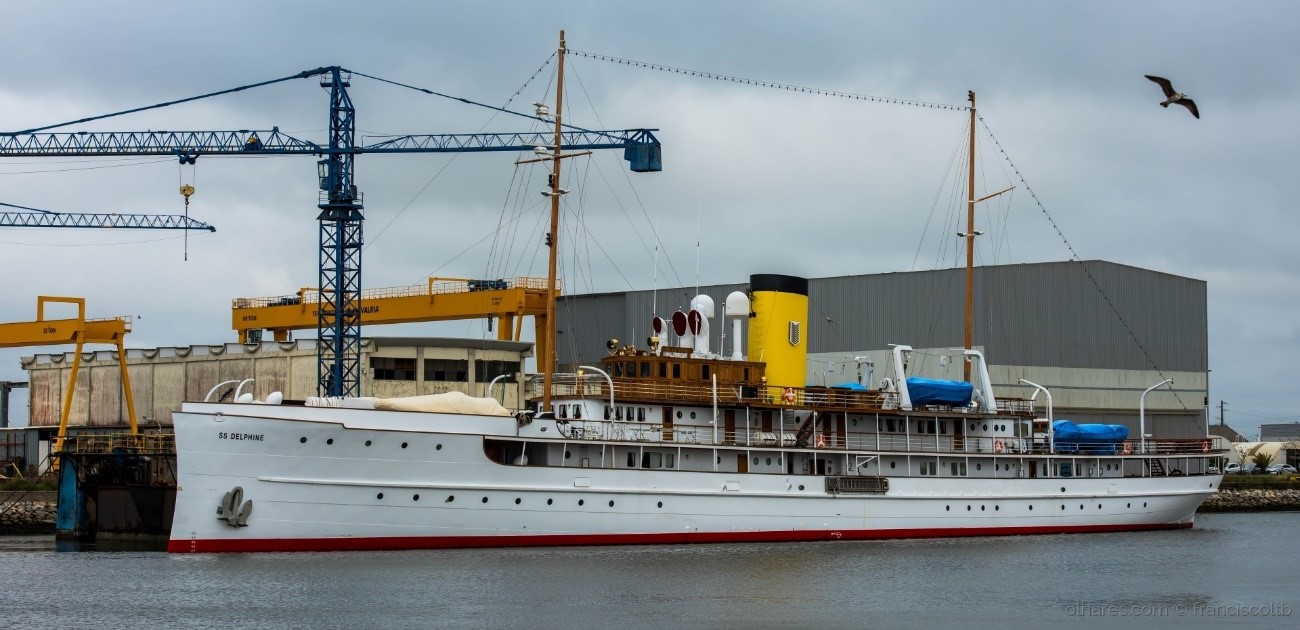
Figure 2 – S.S. DELPHINE at Navalria shipyard Aveiro Portugal
How to evaluate to make a decision?
In reference to the figure 3 and 4, the shipowner needs to know exactly what to do to optimise the operational costs (fuel, Lubes) and in how much fuel cost may be reduced to make the vessel competitive on the market again.
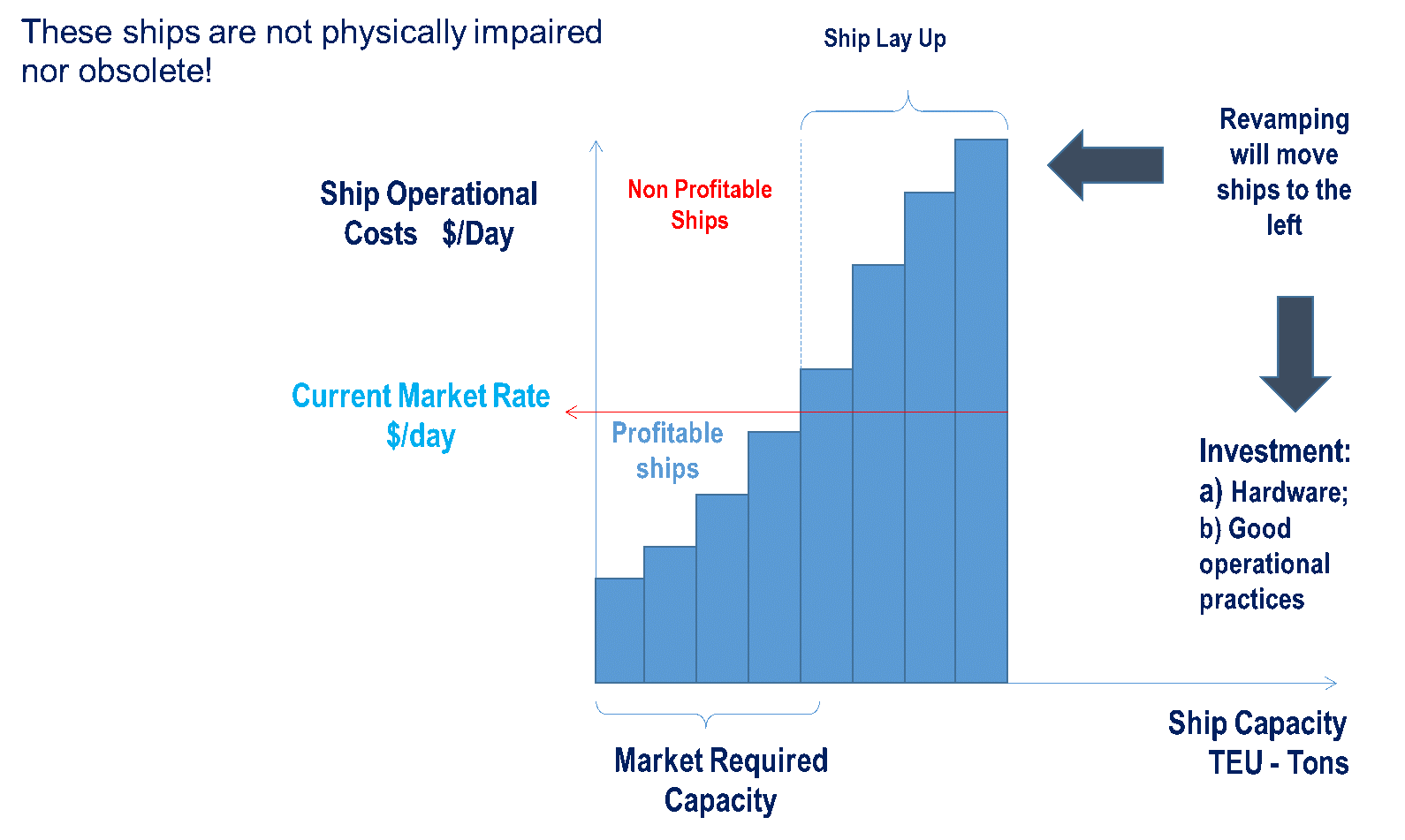
Figure 3 – Market exclusion of ships with excessive costs.
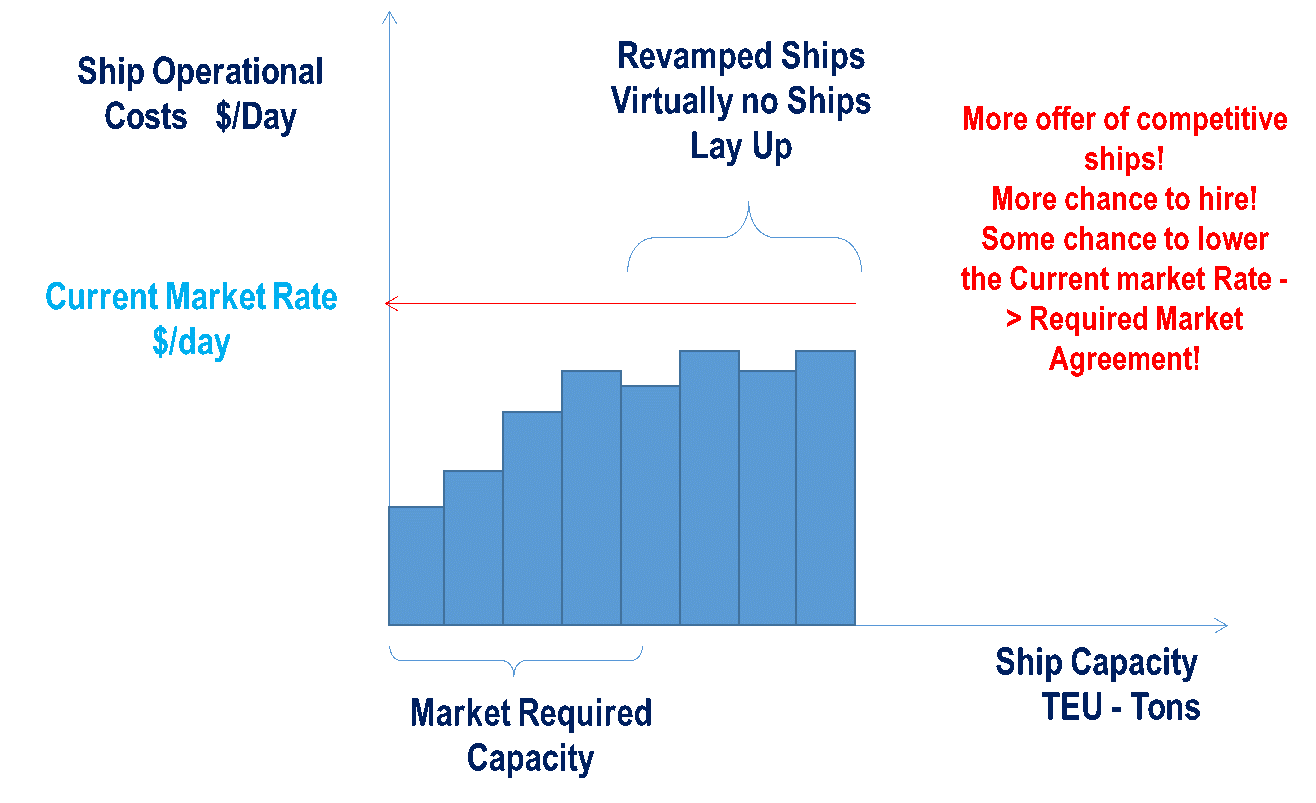
Figure 4 – Market acceptance of revamped ships.
After a detailed energy audit evaluation of the existing vessel, a number of energy saving actions may be prescribed and simulated, and a budget may be developed. Such a budget needs to be prepared carefully as the investment needs to be realistic and looking for a number of years ahead.
One other factor is the actual value of the ship as it is, and the money the shipowner can make, investing for example in another vessel.
What can be done
Despite the introduction of EEDI (Energy Efficiency Design Index), the decision of investing in a new vessel is based on economic grounds. The new vessel must meet a certain specification, i.e., the buyer is looking to purchase a vessel for the least price as possible, that must satisfy all its needs in terms of business and regulations.
Although, the offers must include a comprehensive package not only of machinery but also a package of energy recovery systems. In fact, considering figure 1, it can be said that 57% of the fuel energy content is wasted in the form of heat through the exhaust gases and cooling systems (water and oil). If the vessel is considered altogether, i.e. considering not only the main propulsion system but also the auxiliary generators and boiler, then the vessel overall efficiency is even less.
Table 1 – Comparison between a new and an existing revamped vessel.
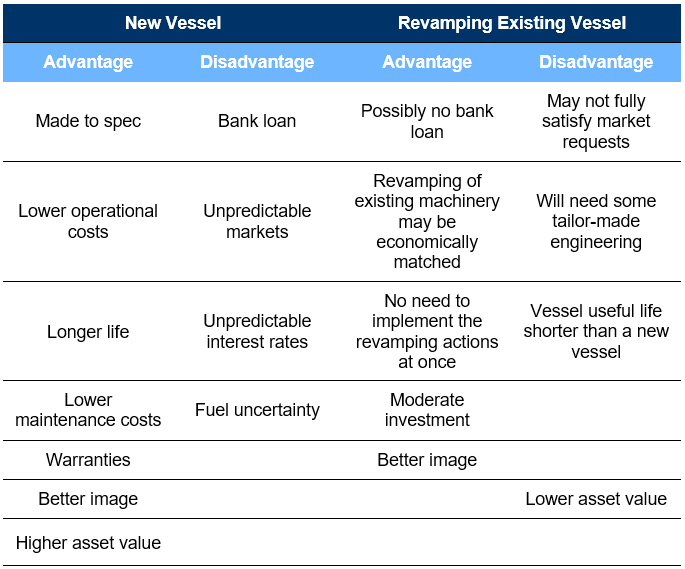
Considering that hull, as well as other items, are in acceptable condition, the ship may have a market for a number of years to come and assuming that all operational good practices are in practice, let us concentrate on some examples of optimisation and recovery of energy on board.
By inspection of figure 1, it looks evident that all efforts must be put in place to recover the energy available as waste heat from the main and auxiliary engines, mainly from exhaust and cooling systems, which amount to more than 57% of the fuel energy.
Main engine adjustment to vessel operation. A low-cost optimisation action.
One of the most efficient ways of saving fuel is by implementing the called slow steaming. Although most main engines were not tuned to do so, it is important that a proper characterisation of engine running conditions, to check if the engine is being operated on its best running conditions.
From the log books and in reference to engine shop test protocol or sea trial records, a graph showing the SFOC as a function of engine load is plotted, together with the running hours, as it can be seen on figure 5, the engine runs most of the time at 85% load, however its optimised SFOC is optimised for 75% load, therefore the engine adjustment should be made in such a way that optimum SFOC coincides with the engine load that occurs during a bigger number of hours of operation. In this case, a saving of 4g/kWh was achieved.
For diesel generators, the same procedure applies, so the SFOC (g/kWh) curve minimum must match the engine load at which the engine operates most of the time. In the case illustrated in figure 5, the curve minimum should match the 85% MCR instead of 90% MCR, therefore saving some 3g/kWh. If possible the SFOC curve may be optimised for other points of load.
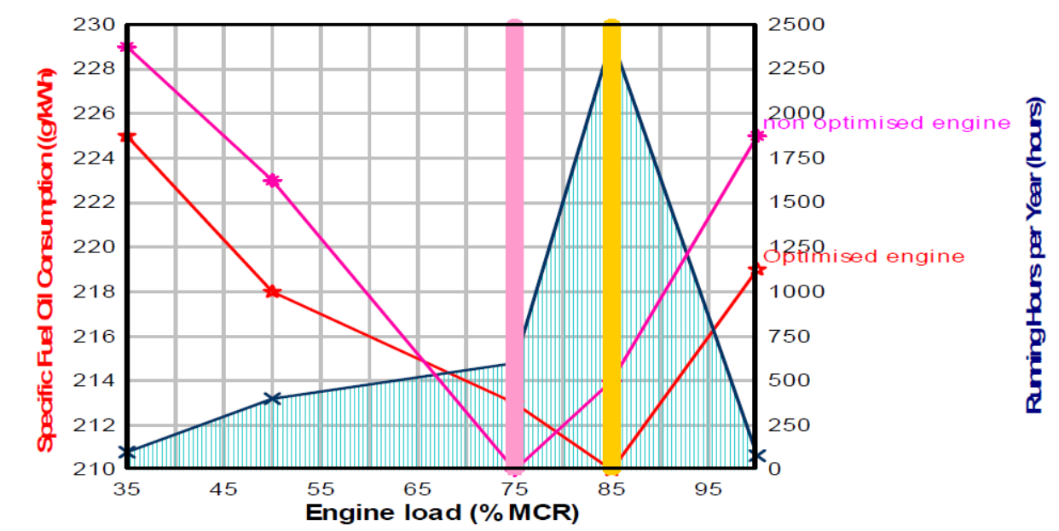
Figure 5 – Graph showing SFOC (g/kWh) and Running hours a year as a function of engine load.
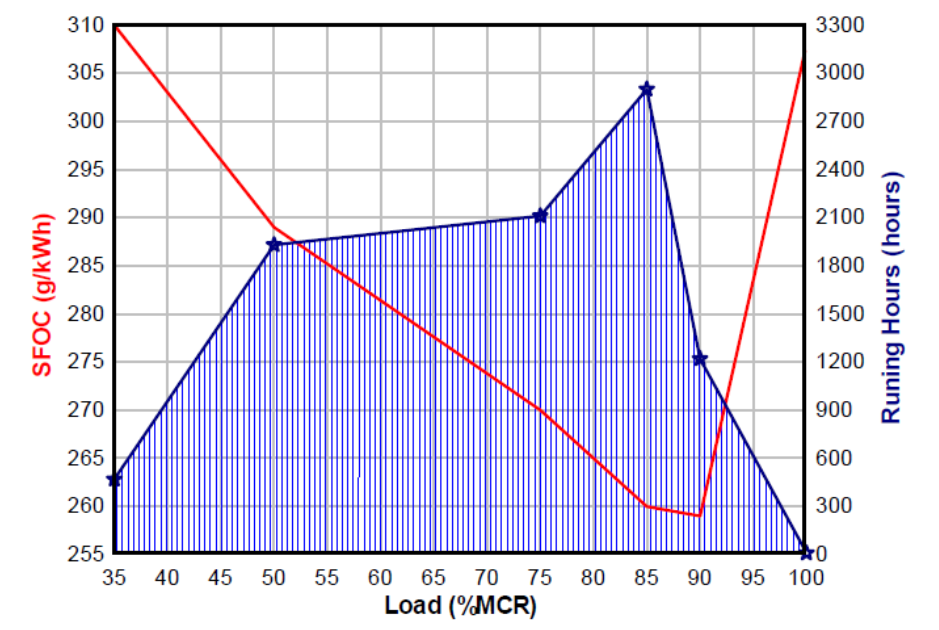
Figure 6 – Optimisation of diesel generators.
Heat availability & thermal efficiency as a function of load and SFOC
Similarly, the matching of the economisers with the engine is absolutely crucial to optimise the heat recovery in a plant. The figure 7, represents the heat available for recovery (area under the blue curve), and the heat used for energy production corresponding to the area between the red and blue lines and finally the resulting diesel engine thermal efficiency.
The graph of figure 7, represents the heat available for recovery, although lower exhaust temperature limits are imposed to avoid sulphuric acid condensation, and this limit is a function of the sulphur content of the fuel.
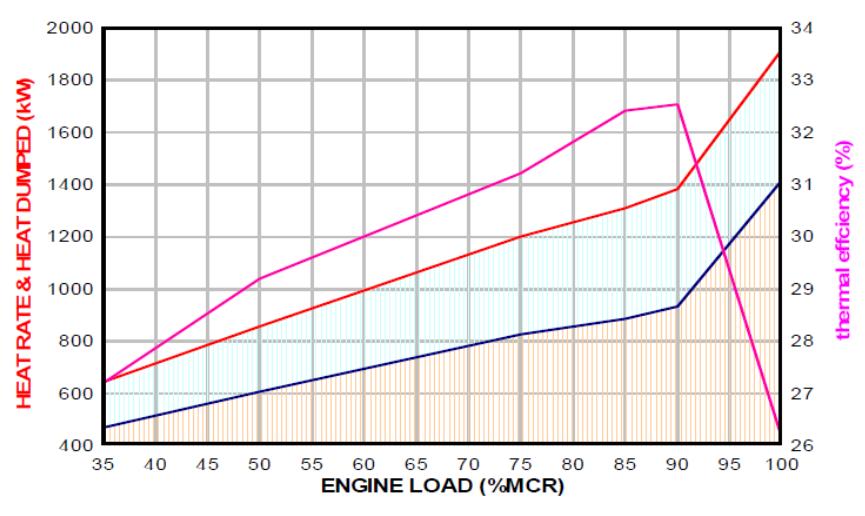
Figure 7 – Matching exhaust gas boilers or economisers.
In this system the Variable Speed Drives are controlled via a temperature sensor fitted, at the cooling water engine inlet, therefore seawater flow is adjusted as a function of engine need.
One of the most important power consumers on board is the cooling water system, as they are systems that run most of the time, and very often, in particular, if they are in titanium, have a reduced heat transfer area (fewer plates, lower cost) equipped with a high flow rate pump.
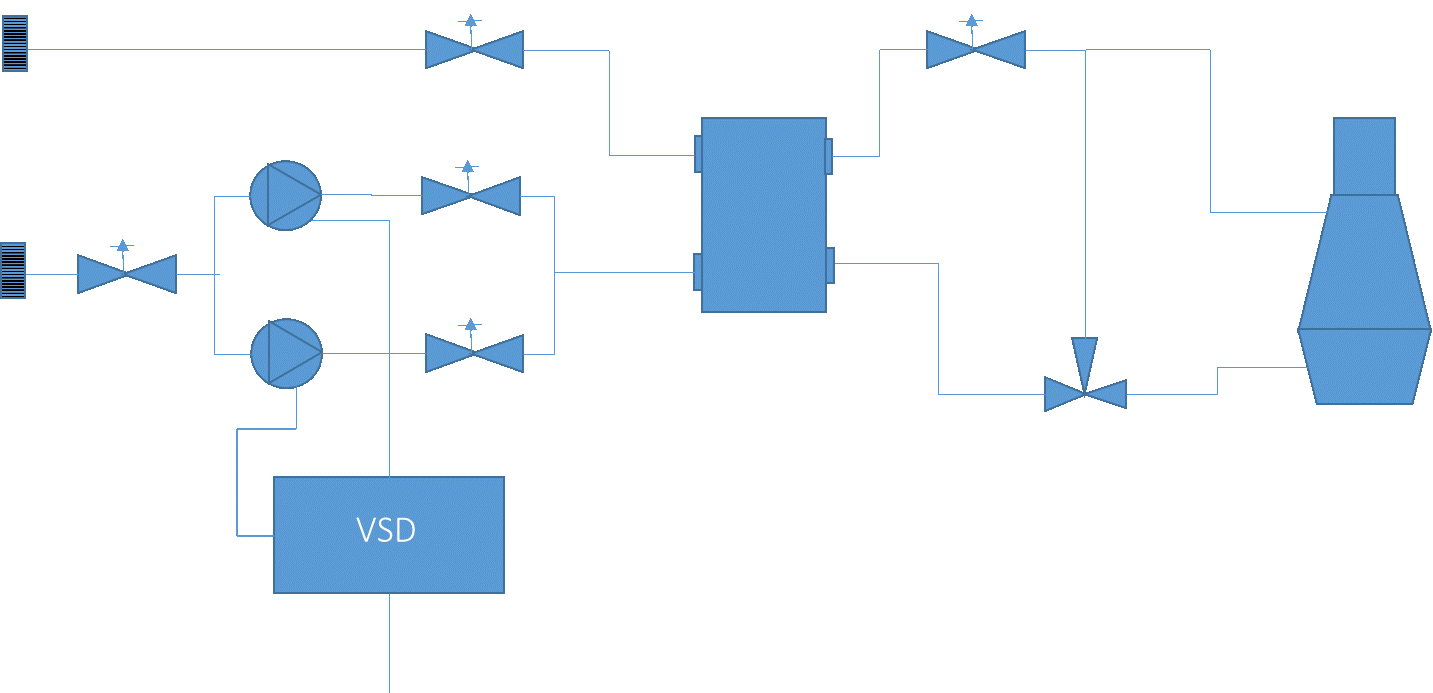
Figure 8 – Simplified schematic of a retrofitted generators cooling system.

Figure 9 – Aspect of the SW circulation cooling pumps and respective Variable Speed Drives (left).
A 5000 TEU container vessel with a conventional cooling system for the generators, was based on two seawater pumps that run all the time at full capacity corresponding to 80 kW electric load, 340 days/year making the temperature regulation based on a thermostatic valve. Assuming HFO cost of US$350/Ton. The specific fuel oil consumption of the generators is 0.235kg/kWh. It is known that a VSD when fitted and properly adjusted, will produce an average energy saving of 20%, and the cost of acquisition, installation and commissioning of a double VSD (one for each SW pump) is US$130.000.
Avoided fuel oil consumption: 61.36 ton/year; Annual avoided cost in fuel oil = US$21.477; Annual avoided CO2 emission = 196.72 ton CO2/year; Payback = 6 years.
Uses of heat on board.
Particularly interesting for passenger’s vessels, is the use of exhaust heat from the main engines to produce chilled water. Using an absorption chiller of Lithium Bromide (BrLi), the use of mechanical chillers for Air conditioning may be greatly minimised as per the following example.
Use of auxiliary waste heat from exhaust gases of auxiliary generators for hotel and engine room requirements of a 350 passenger cruise vessel. The vessel has four electrical driven chillers each of 96kW electrical running with an average COP of 3, therefore delivering chilled water to 7ºC.
The project considered the use of a marinised absorption chiller with an average COP equal to 1. Also from operation logbook, it is known that two out of the three electromechanical chillers are usually in operation, starting the third unit very often.
Two out of the four diesel generators are always running no matter it is in port or at sea, therefore using exhaust gas boilers for the two generators, it is possible to drive the absorption chiller using the exhaust gas heat that is added to the existing auxiliary boiler drum. Using a WHRS (waste heat recovery system) to recover exhaust heat from the generators as hot water at 95ºC, it is possible to run one absorption chiller making possible to stop at least one electromechanical chiller of 130 kW electric power, and stop one of the diesel generators. The solution calls for one gas to water heat exchanger per generator.
The savings achieved by this WHR action are in the order of US$ 394.000 a year avoiding the emission of 2693 tons of CO2 and payback time is only 0.9 months.
Future work on advanced waste heat recovery systems and energy storage
The use of unconventional waste heat recovery, conversion and accumulation systems compatible with ship space and environment it is greatly desired, as diesel engines have a major reliability, torque and power which are unbeatable by any of the possible technology alternatives.
The capture and storage in a useful form of the diesel engines wasted energy, is fundamental to improve the ships overall energy efficiency, namely the storage of energy in one energy vector such as hydrogen, that can be used as fuel on diesel engines, so it can be used as a fuel in port, virtually without pollution.
The conversion system, maybe an ORC (Organic Rankine Cycle) that converts the thermal energy rejected at relatively low temperatures using organic fluids like R245fa with low boiling temperatures, and expanding it in a turbine, produce electric power that driving an electrolyser can produce hydrogen, that after being stored may be used as a fuel on diesel engines on board.
This ORC solution maybe not the most efficient, but it is a way to recover about 10% of the wasted energy, so, there is room for its improvement.
Other propulsion devices
There are other systems that can prove effective, like the wave propulsion, i.e., the installation of one or two hydrofoils to help to decrease the required effective power. These devices can contribute to 30% of the propulsion power required.
Conclusions
One of the objectives of the present article is to make decision people think about the reasons that drive ship-owners to scrap ships that have many years of operation to go, some with less than their half operation life. Such decisions can hardly be supported in terms of operational costs, as most of those ships are upgradable, becoming again competitive in the today’s markets.
Today’s markets are extremely volatile, and the buy of new decisions must be well supported on long-term contracts that do not exist anymore, therefore raising the risk of investment on a new ship, instead of revamping an existing one. Most of the Eco-ships do not bring, a wealth of improvements and therefore do not warrant the aimed competitiveness, but bring with them a great deal of investment risk.
The adjustment of the main engines to the actual power-speed profile, in particular, if slow steaming or super slow steaming is being performed can reduce the SFOC in as much as 10%, contributing for lower fuel costs, lower emissions and lower maintenance costs.
Depending on the type of vessels, cargo electric loads may be important, that is the case of container vessels. So, it is important to ensure that containers on deck are in good working order, but also that diesel alternators cooling systems are optimised in terms of their consumption. This can be assured by using VSD (Variable speed drives).
Focus on energy optimization but also on energy recovery, it is a must for any type of vessel, so some given examples are just illustrative of what may be such an energy recovery system. The use of hydrogen technology may be a way to go, to store the recovery.
As a final conclusion, a detailed ship revamping study must be based on a detailed energy audit and characterisation of the vessel under study, based not only on the existing systems but also on the log books. To make the correct decision it is fundamental to evaluate the advantages of revamping a vessel.



